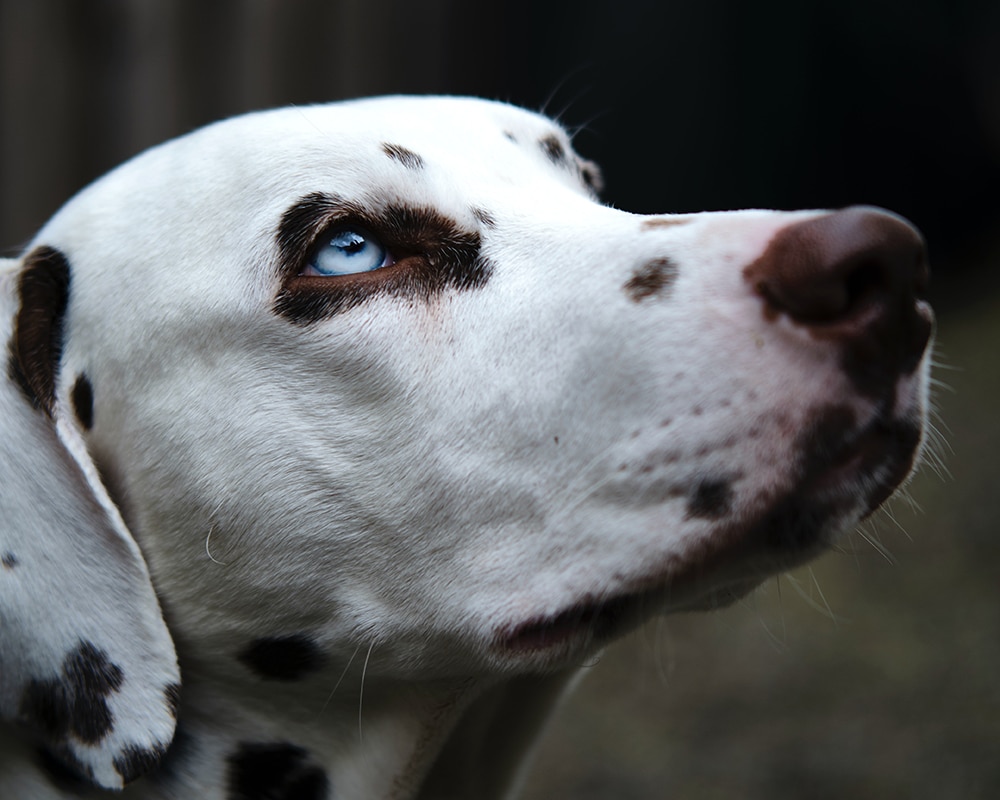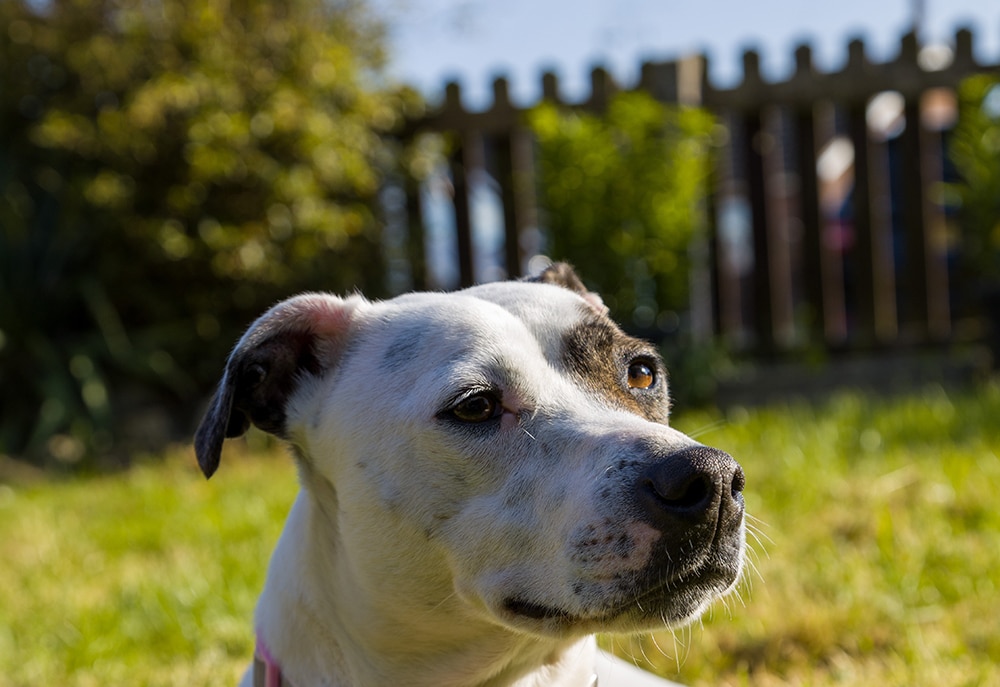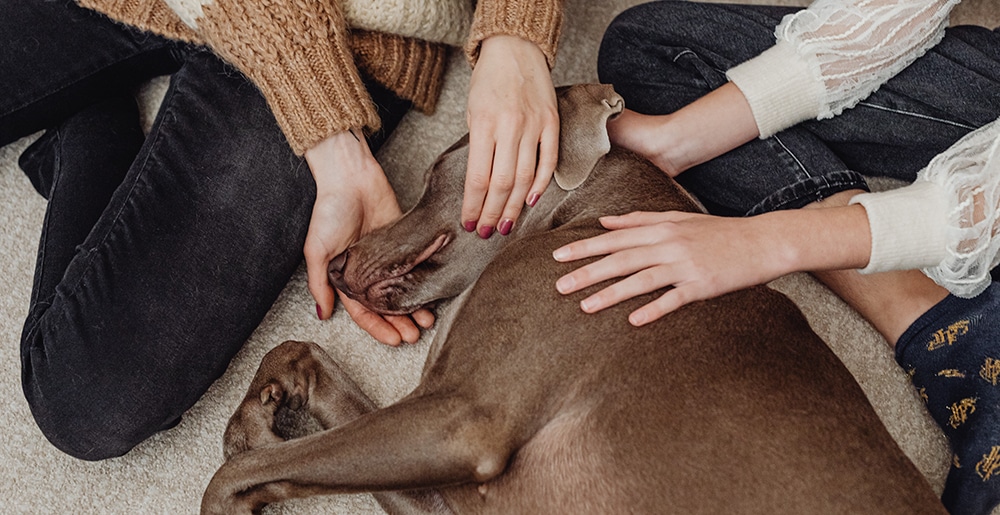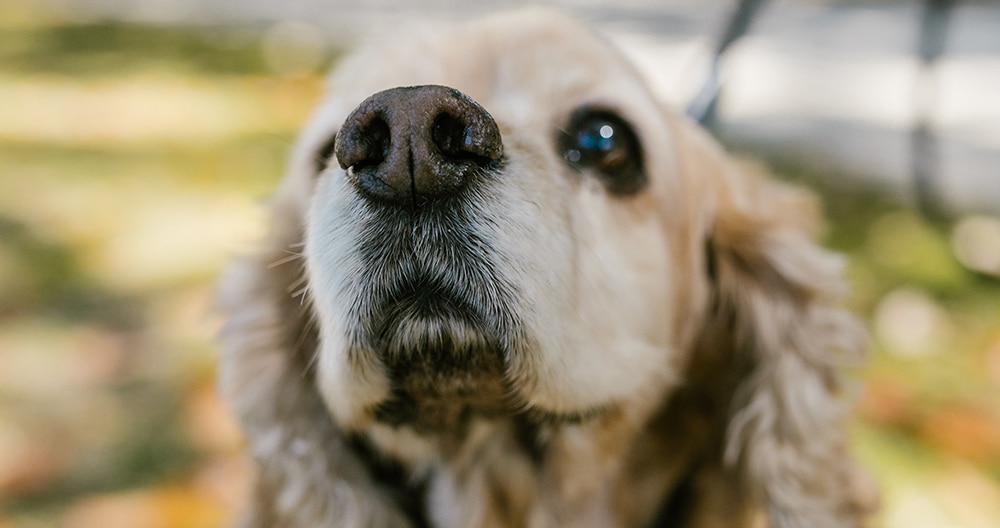When someone hears that a dog is deaf the immediate reaction is to feel sorry for both the pet and the owner. Training and caring for a deaf animal can seem difficult and challenging. Both assumptions have been proven to not be entirely true. With specific training and the right knowledge, owning a deaf dog can be a rewarding experience.
This blog discusses the types of dogs prone to deafness, the signs that a dog is deaf, how to care for a deaf dog and how to train a deaf dog.
Dogs Prone to Deafness
Dog breeds that have a higher chance of developing congenital deafness are Dalmatian, bull terrier, English setter, Jack Russel terrier, Australian cattle dog, English cocker spaniel, German Shepherd, West Highland white terrier, Maltese and toy poodle. Congenital means a genetically inherited medical condition shows up within the first few weeks of a puppy’s life.
Studies reveal pigment cells called melanocytes have a strong connection between the color of a dog’s coat and deafness. The four coat types are piebald, merle, roan and white. Piebald is a mostly white coat with a few colored patches or markings. Merle is a desaturated coat color, and roan is a coat with white or gray hairs sprinkled all throughout the hair. Certain genes that create white have been found to do so by suppressing these pigment cells.
The chances of deafness rise even higher if a canine has one of the four coat types and either blue eyes or two differently colored eyes. The hearing loss is permanent and can affect only one ear or both. This research article explains in-depth the science behind the connection between melanocytes and deafness in dogs.

Signs a Dog is Deaf
A brand new eight week old puppy is not trained nor does he or she know their new name. These factors make it hard for an owner to know if their puppy has hearing loss. Test to see if the young dog has deafness in one or both ears by grabbing a squeaky toy. When the puppy is not looking directly at the toy, squeeze it multiple times. If the canine does not look in its direction, then there can be suspected deafness.
Other signs to tell if a dog is deaf are it never hears its name being called, their eyes do not turn towards any sound, they are easily frightened, they’re difficult to wake up from their sleep, and they bark excessively. If you are suspicious your dog has lost their hearing, take them to the vet to have it properly tested.
How to Care for a Deaf Dog
How to Keep a Deaf Dog Safe
A dog with deafness cannot hear danger in the house or out in the world. Protect your pooch by never letting them be outside by themselves unless they are securely fenced in the yard. Keep them on a leash when taking them out on walks. Put a bell on the dog’s collar to be able to hear where they are in the house.

Tags for Deaf Dog
Purchase a tag and keep the owner’s information up to date. Have the tag state that the dog is deaf. If the canine ever goes missing, then a good samaritan or animal control knows what to expect when they try to help the lost pet.
Prevent a Deaf Dog from Getting Startled or Scared
Prevent the dog from getting startled by gently waking them up. Put your hand over their nose to have them smell your scent and gently touch their back. Always alert the dog when you are leaving the room or house by getting their attention and showing them you are exiting that space.

How to Provide Mental Stimulation for Deaf Dog
Provide enriching activities that involve the dog using their nose. Their other senses are heightened since they do not have the use of their ears. Allow the dog to sniff as much as they want to on walks, hide food or toys for them to sniff out, and find and do scent work with them.

How to Train a Deaf Dog
Getting a Deaf Dog’s Attention
Visual cues are the key to training a deaf dog. The first most important step in training is to teach your dog to focus on you. Provide reward through treats and praise whenever the puppy voluntarily looks at you. The goal is to show the dog that paying attention to their owner results in a positive experience.
The next step is to have a signal that says “watch me”. A flash of light or gentle touch in the same place every time are two good signals. Another option is vibration. Stomp your feet, pound the floor with your fist or use a vibration collar. These no-shock training collars are used as a cue and not a punishment. The collar sends a gentle vibration to the dog to alert them to pay attention to their owner. Some collars also have vibration patterns to use as specific command signals.
Luring, Shaping and Capturing Training
Luring is when the owner holds a treat to the dog’s nose to guide them in action and behavior. Shaping is a process that breaks up the desired action or behavior into smaller steps. Capturing happens when the canine can do the action or behavior without a treat or guidance from the owner. This way of training allows a deaf dog to have consistency in how they learn and allows them to go at a pace that suits them.

Hand Signals for Deaf Dogs
Hand signals take the place of verbal cues for deaf dogs. The key is to make sure that each hand signal is obvious and distinct from other non verbal cues. If the signs are too similar the dog may get confused. What the hand signals look like for each command can differ from owner to owner. There is no universal way to show sit, stay or come to deaf dogs. One option is to use human sign language. Dogs are able to learn up to 20 different sign language words.

Owning a Deaf Dog can Feel Normal
A deaf dog, particularly a deaf puppy, has its challenges. Training and caring for a canine that suffers from hearing loss is different than most pet owners have experienced. The process can seem daunting and time consuming, but this is not the case. Their quality of life can be the same as a full hearing dog. Deaf dogs are quick learners with consistent and positive training. After a bit of patience, having a deaf dog starts to feel like the new normal.


